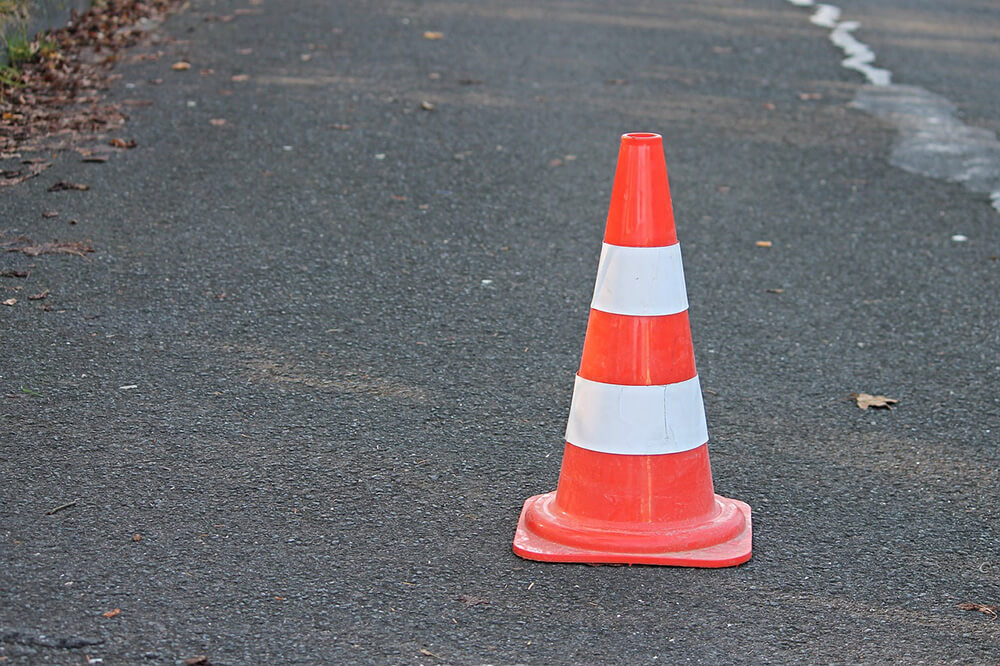What to Do During a Roadside Emergency in Maryland

There are plenty of reasons you could be driving in Maryland, just like any other state. Whether you live here or were just visiting, a roadside emergency can take you by surprise at any time. Even if you knew your car wasn’t in the best shape, it’s still incredibly frustrating and worrisome when you’re stuck on the side of the road with a broken-down car or another emergency.
Since you likely weren’t prepared for this situation, you need to know what to do. Whether you’re trying to figure out what you need to do right now on the side of the road, or you’re reading up as a preventative measure, it’s crucial to know what to do during a roadside emergency in Maryland. Let’s take a look at some of the most important steps.
Assessing Your Situation in a Roadside Emergency
The first thing you need to do when you’re in a roadside emergency in Maryland, as with anywhere, is to get out of harm’s way. As best as possible, you’ll need to move your vehicle out of the way so that you are not in harm’s way or in traffic. Once you’re safe and have your hazard lights flashing, you can start to assess your situation, which is also crucial.
Assessing your situation allows you to determine what kind of emergency you’re facing, and what kind of services you need to call. Here are some of the elements to check when you’re assessing your situation:
- Determine if you have any injuries
- Whether or not your car turns on
- Any lights on the dash
- If any tires are flat
- Status of your gas tank
- Any other property damage to your vehicle
- Your surroundings
- Nearby mile markers
- Traffic
- Any potential dangers
Once you’ve gotten a full scope of your situation, or at least feel like you have the gist of what happened, you should call emergency services. Calling 911 is your best course of action because when you relay your situation to them, they’ll be able to better evaluate which services you might need.
They’ll know if they need to send an ambulance, the Maryland state troopers, local police, roadside assistance, a tow truck, or the fire department. If they are unable to send these services on their own, they’ll let you know who you need to call to better fit your situation.
It’s important to be as honest as possible when you’re on the phone with 911. That way, they can grasp your situation as much as possible and determine the best way to help you. From there, you’ll need to wait for the emergency services they dispatch and talk to them when they arrive.
Staying in Your Vehicle vs. Leaving Your Vehicle
In these situations, you’re likely wondering if you should stay in your car or get out. This is a tough decision because it seems as though neither is the correct answer. The Maryland Department of Transportation (MDOT) discusses whether or not you should stay in your vehicle, and the details of both.
If your car is safe and not in harm’s way, you should stay in your vehicle. Even though you might think other drivers will slow down and move over so they don’t hit you, sometimes the opposite happens. There’s a weird effect where other drivers are drawn to the lights and commotion on the side of the road, which can sometimes lead to more accidents.
That’s why staying in your car, facing forward, with your seatbelt on can sometimes be the most effective and safest decision. Even if other cars come close or hit you, you are still prepared.
When your vehicle isn’t safe or it’s in a dangerous location, you should get out of your car. While it’s usually safest to stay in your car, that doesn’t apply if your car isn’t in the condition to stay in. If your car is smoking, in traffic, or you think it’s in an unsafe location, you should exit the car and move to the side of the road. If possible, you should also seek higher ground to get away from the vehicle.
Walking on the road or through traffic is dangerous, but it’s important for you to get out of the way and to safety when you’re having a roadside emergency.
How to Prepare for a Roadside Emergency in Maryland
Nobody can predict when your car will break down on the side of the road and leave you stranded, or when you get into an accident and your car won’t turn on. That’s why it’s important to have an emergency preparedness kit at your disposal. You won’t be able to have everything in your car, but a toolkit with a few things could come in handy and potentially be life-saving in an emergency situation.
According to MDOT, these are some of the tools you should keep as an emergency kit in your car:
- Reflective triangles or flares
- Flashlight
- Jumper cables
- Basic tools, like screwdrivers and pliers
- Flat tire temporary repair
- Water bottle and nonperishable snacks
- Reflective vest
- Blankets
- Portable chargers for electronics
When you have a toolkit like this in your car, you’re prepared for any kind of emergency—an accident, flat tire, broken-down vehicle, winter emergency, or any other kind of situation where you are stranded and need help.
Getting Legal Help After a Roadside Emergency
Depending on what kind of roadside emergency you experienced in Maryland, you could use the legal help of a experienced car accident lawyer. When the emergency involved someone else’s negligence, and left you with injuries and other damages, that’s when the lawyers at Belsky & Horowitz, LLC in Maryland could help you.
We’re here to fight for you against the party who caused these damages. Contact our office today so we can get started working for you and schedule a free consultation.






